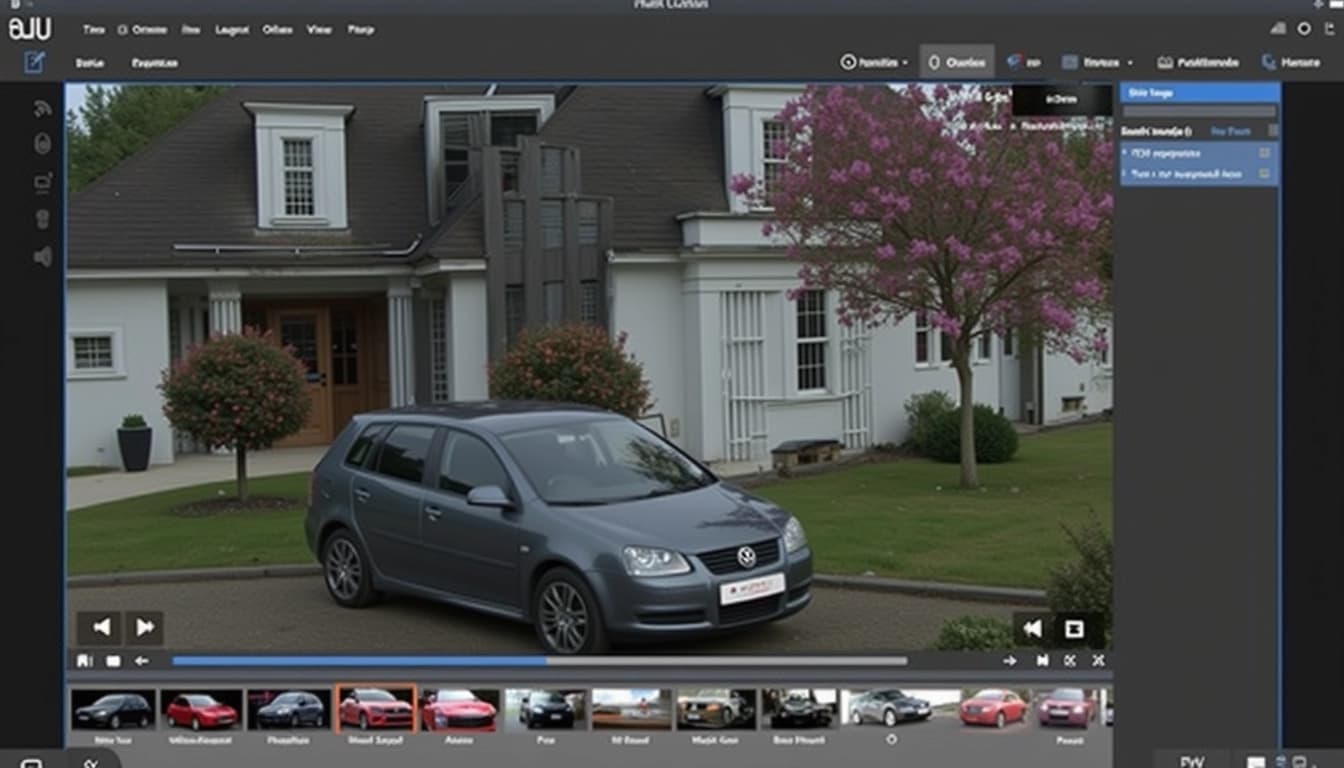
VEO-2 in Action: How Google’s AI Video Model Nails Motion & Scene Coherence
By John Doe 5 min
VEO-2 in Action: How Google’s AI Video Model Nails Motion & Scene Coherence
VEO-2 is a cutting-edge AI video generation model developed by Google DeepMind, released in early 2025. It creates high-quality videos up to 4K resolution, following user prompts with remarkable detail and realism. This model is designed to simulate real-world physics and handle various visual styles, making it a leader in AI video generation.
Key Points
- Research suggests VEO-2, Google's AI video model from DeepMind, excels at motion and scene coherence, likely due to physics understanding.
- It seems likely that VEO-2 uses a large video dataset for training, enhancing realistic movement and visual consistency.
- The evidence leans toward VEO-2 outperforming competitors like OpenAI's Sora in human evaluations, especially on the MovieGenBench dataset.
Motion and Scene Coherence in VEO-2
Motion coherence refers to smooth, natural movement in videos, like how objects or characters move, while scene coherence ensures consistent lighting and perspective. VEO-2 is noted for its accuracy in motion, likely due to training on a vast dataset with physical interactions, and its ability to interpret detailed instructions for cinematic effects.
Examples and Comparisons
Examples include a video of a DJ with subtle head movements and a breakfast scene with fluid dynamics like pouring syrup, both showcasing VEO-2's strengths. It outperforms other models in human evaluations on the MovieGenBench dataset, suggesting better performance than competitors like OpenAI's Sora.
Google's VEO-2 represents a significant leap in AI-generated video technology, offering high-quality, coherent video outputs from text prompts. This model builds on its predecessor's capabilities by enhancing motion understanding and scene consistency, making it a powerful tool for creative professionals and content creators.
Key Features of VEO-2
VEO-2 excels in generating 1080p resolution videos with smooth transitions and realistic motion. Its ability to interpret detailed instructions allows for precise control over cinematic effects, such as camera angles and movements. The model also demonstrates a strong grasp of physics, handling complex scenes like fluid dynamics and human interactions with high fidelity.
Motion and Scene Coherence
One of VEO-2's standout features is its ability to maintain temporal consistency across frames. This is achieved through advanced training techniques that focus on joint appearance-motion representations, ensuring that both motion and scene elements remain coherent throughout the video. Examples include seamless camera swoops and close-ups that feel natural and fluid.
Technical Insights
While the exact architecture of VEO-2 remains undisclosed, its performance suggests significant advancements in motion prediction and physics modeling. The model has been evaluated on benchmarks like MovieGenBench, where it outperforms competitors such as OpenAI's Sora and Meta's MovieGen, particularly in human ratings for motion and scene coherence.
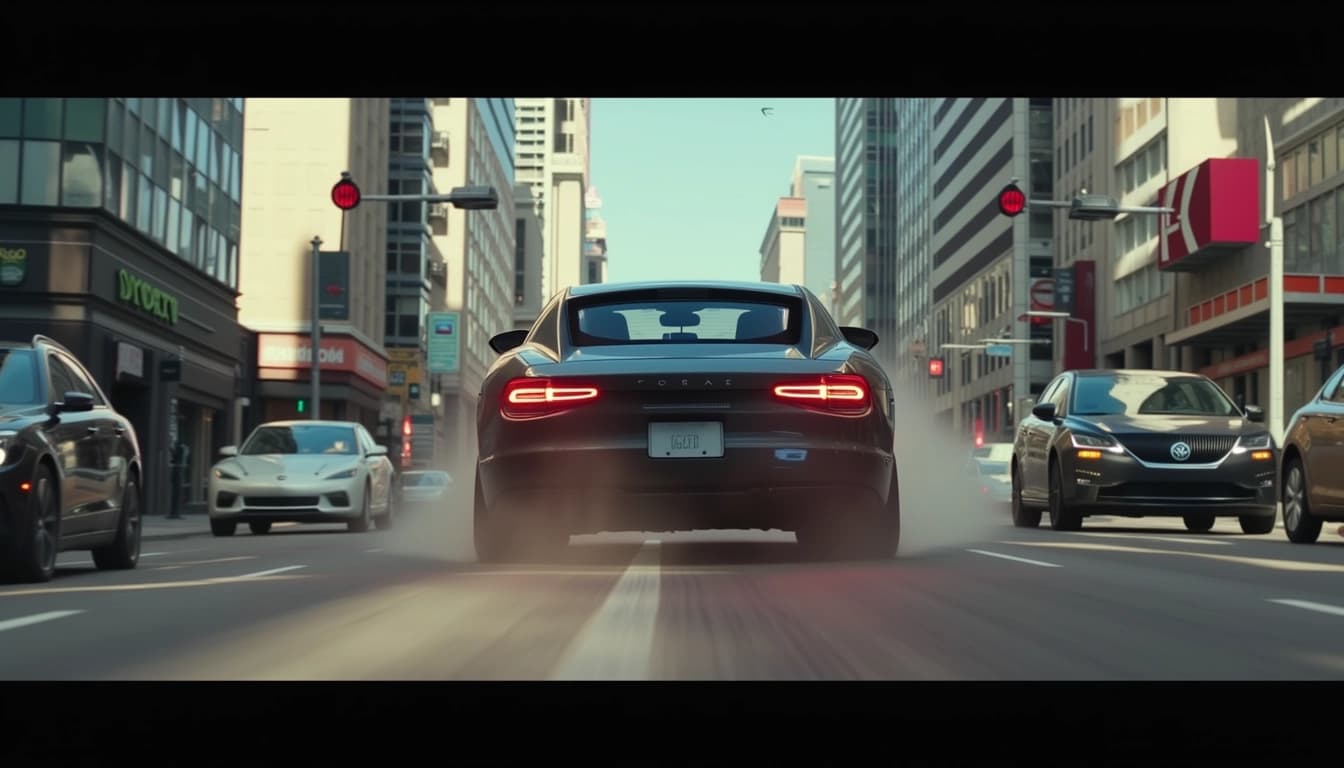
Comparisons with Other Models
VEO-2's edge over other AI video models is evident in tasks requiring dynamic scene understanding. For instance, it handles intricate actions like slicing a tomato with remarkable realism, a challenge for many competing models. This capability underscores its superior training in dynamic and complex sequences.
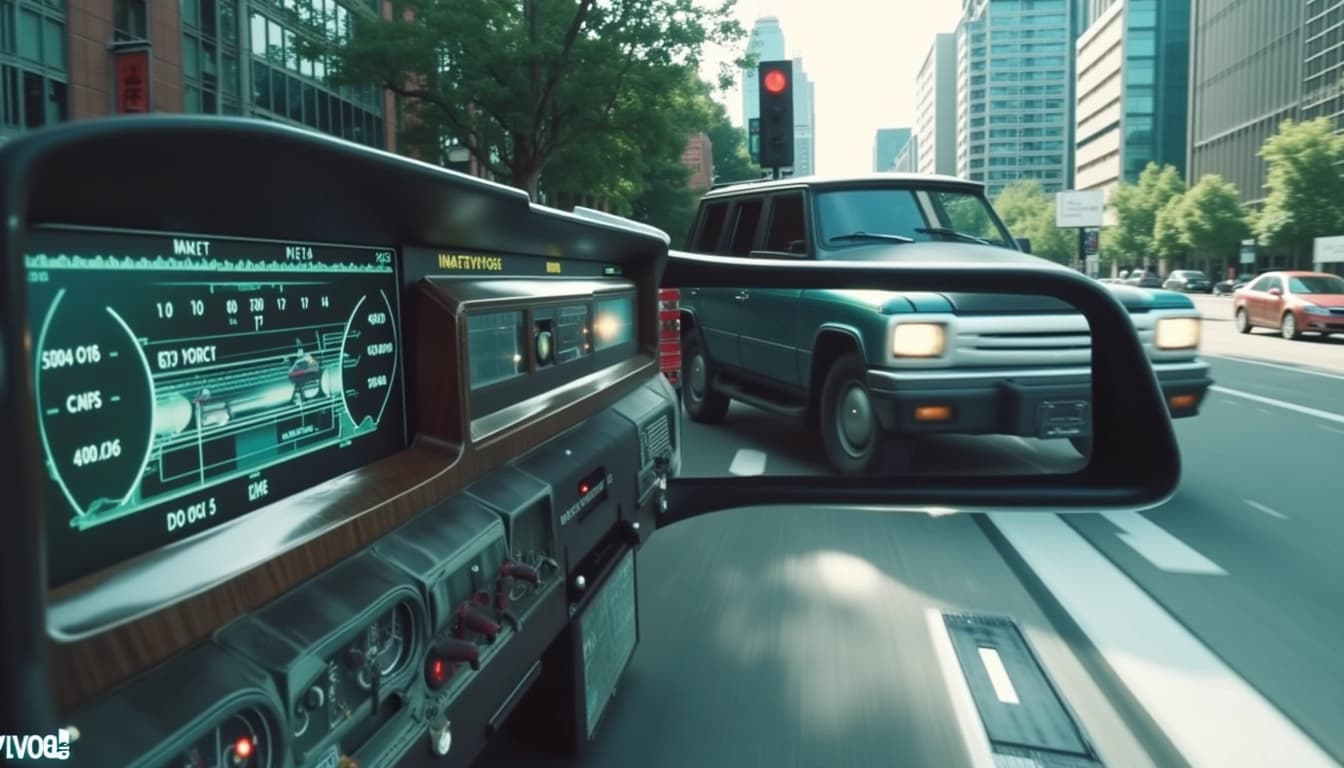
Conclusion & Next Steps
Google's VEO-2 sets a new standard for AI-generated video, combining high-resolution output with advanced motion and scene coherence. As the technology evolves, future iterations may further refine these capabilities, opening up new possibilities for creative and professional applications.
- High-quality 1080p video generation
- Advanced motion and physics understanding
- Superior performance in benchmarks
- Precise control over cinematic effects
Google's VEO-2 represents a significant advancement in AI-powered video generation, leveraging cutting-edge technology to create high-quality, coherent videos from text prompts. This model builds upon its predecessor, VEO, by enhancing motion understanding and scene consistency, making it a strong competitor in the rapidly evolving field of generative AI.
Key Features of VEO-2
VEO-2 excels in generating videos with realistic motion and detailed scenes, such as a DJ scratching records or a breakfast scene with dynamic lighting. Its ability to interpret prompts accurately and produce coherent outputs sets it apart from other models. The integration of SynthID watermarks ensures transparency and mitigates misuse concerns.
Motion and Scene Coherence
One of VEO-2's standout features is its physics-based understanding of motion, which allows for smoother and more realistic animations. Scene coherence is also a strong point, with consistent lighting and object interactions that enhance the overall quality of the generated videos.
Performance and Evaluation
VEO-2 has been evaluated against benchmarks like MovieGenBench, where it outperforms competitors in human ratings for motion and scene coherence. Its resolution capabilities, currently up to 720p in VideoFX but scalable to 4K, further highlight its potential for high-quality video production.
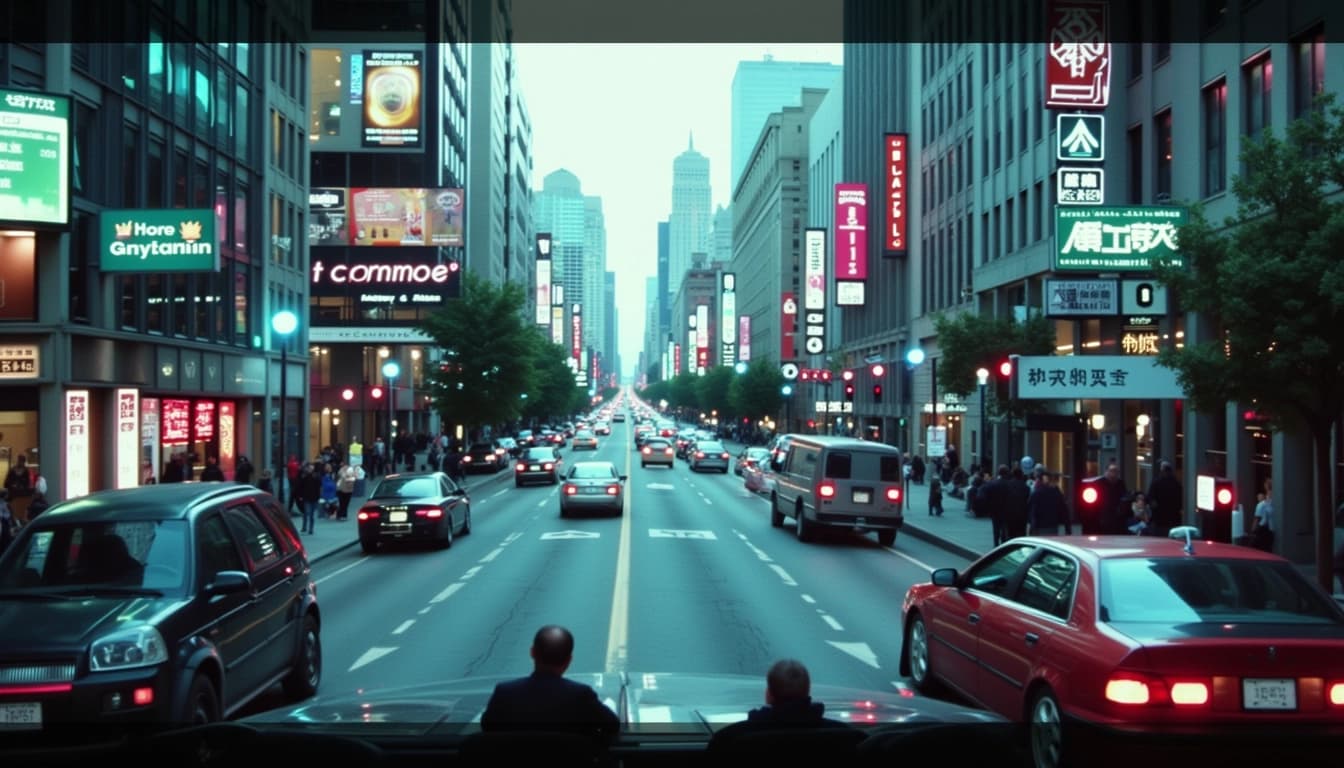
Applications and Impact
VEO-2's technology is poised to democratize video production, enabling marketers, educators, and creators to produce professional-quality content with minimal effort. Its integration into platforms like YouTube Shorts suggests widespread accessibility, though ethical considerations around misuse remain a topic of discussion.
Comparative Analysis
When compared to models like OpenAI's Sora and Meta's MovieGen, VEO-2 stands out for its superior motion coherence and scene consistency. The table provided in the article highlights these differences, showcasing VEO-2's strengths in physics-based understanding and detailed prompt interpretation.
Conclusion & Next Steps
VEO-2 marks a significant milestone in AI video generation, offering unparalleled coherence and quality. Future developments will likely focus on expanding accessibility and addressing ethical challenges, ensuring the technology benefits a broad audience while minimizing risks.

- VEO-2 excels in motion and scene coherence
- Integration with platforms like YouTube Shorts enhances accessibility
- Ethical considerations include misuse and transparency
Google DeepMind's VEO-2 represents a significant leap in AI-driven video generation, offering high-quality, realistic outputs. This model builds on its predecessor with enhanced capabilities, making it a powerful tool for creators and professionals. Its ability to generate detailed and coherent videos from text prompts sets it apart in the competitive landscape of AI video models.
What is VEO-2?
VEO-2 is Google DeepMind's latest AI video generation model, designed to produce high-resolution, realistic videos from text prompts. It leverages advanced machine learning techniques to understand and visualize complex scenes, ensuring smooth transitions and detailed imagery. The model supports various creative applications, from filmmaking to marketing, and is accessible through platforms like Google Labs and Replicate.
Key Features of VEO-2
VEO-2 boasts several standout features, including the ability to generate videos up to 60 seconds long with high fidelity. It excels in maintaining temporal consistency, ensuring that objects and scenes remain coherent throughout the video. Additionally, the model supports fine-grained control over video attributes, such as lighting and camera angles, enabling users to tailor outputs to their specific needs.
How to Access VEO-2
Accessing VEO-2 is straightforward through Google Labs, where users can experiment with its capabilities via a user-friendly interface. For developers, the model is also available via API on platforms like Replicate, allowing integration into custom workflows. Google has made efforts to ensure VEO-2 is accessible to both casual users and technical professionals.
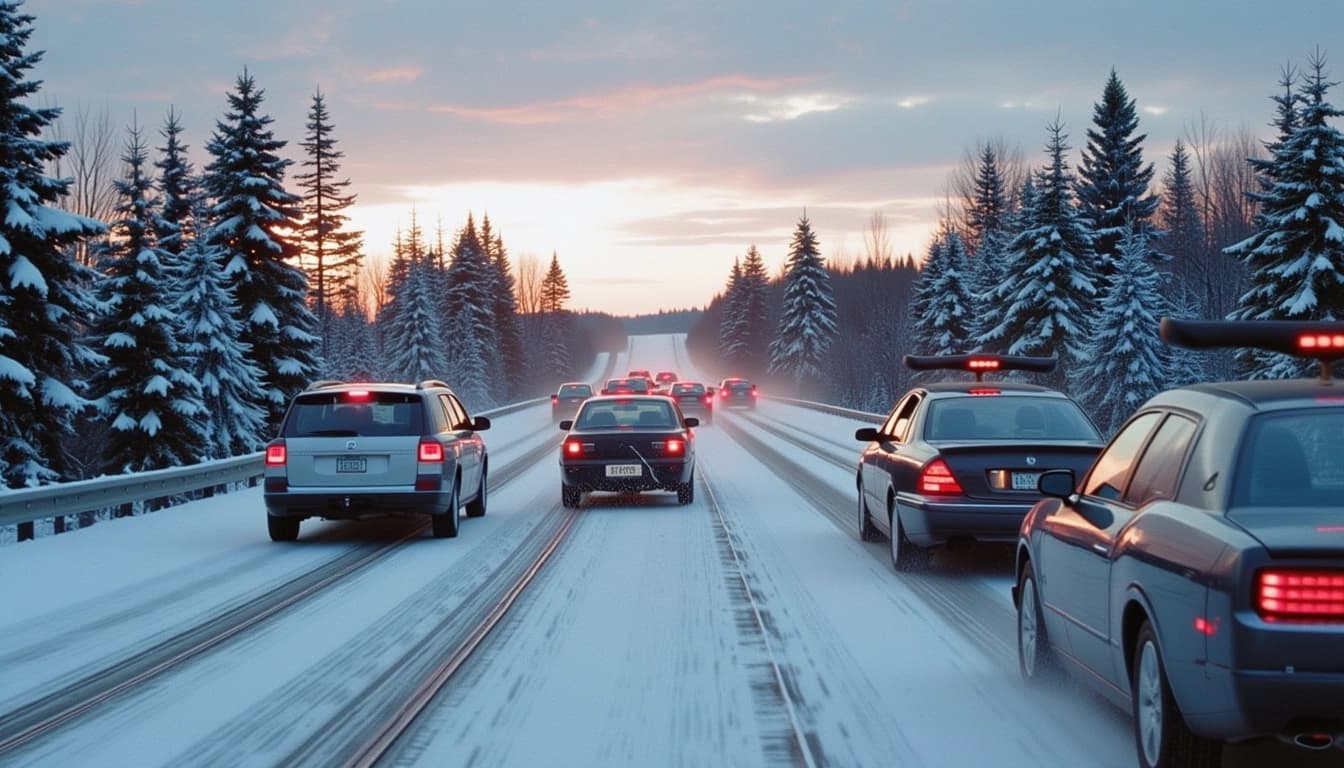
Benchmarks and Performance
VEO-2 has demonstrated superior performance in benchmarks, outperforming competitors in terms of video quality and coherence. Its ability to handle complex prompts and generate realistic motion sets it apart from other AI video models. Early adopters have praised its consistency and attention to detail, making it a preferred choice for professional applications.
Potential Applications
The applications of VEO-2 span across industries, from entertainment to education. Filmmakers can use it to prototype scenes, while marketers can create engaging promotional content. Educators might leverage it to produce instructional videos, showcasing its versatility. The model's ability to generate high-quality videos quickly makes it a valuable asset in fast-paced environments.
Challenges and Ethical Considerations
Despite its advancements, VEO-2 faces challenges, including ethical concerns around deepfakes and misinformation. Google has implemented safeguards to mitigate misuse, but the potential for abuse remains a topic of debate. Ongoing research and policy discussions are essential to ensure responsible deployment of such powerful AI tools.
Conclusion and Future Outlook
VEO-2 marks a significant milestone in AI video generation, offering unparalleled quality and control. Its potential to transform creative industries is immense, though challenges like ethical concerns must be addressed. As the technology evolves, VEO-2 could become a cornerstone tool for video production, blending human creativity with AI efficiency.
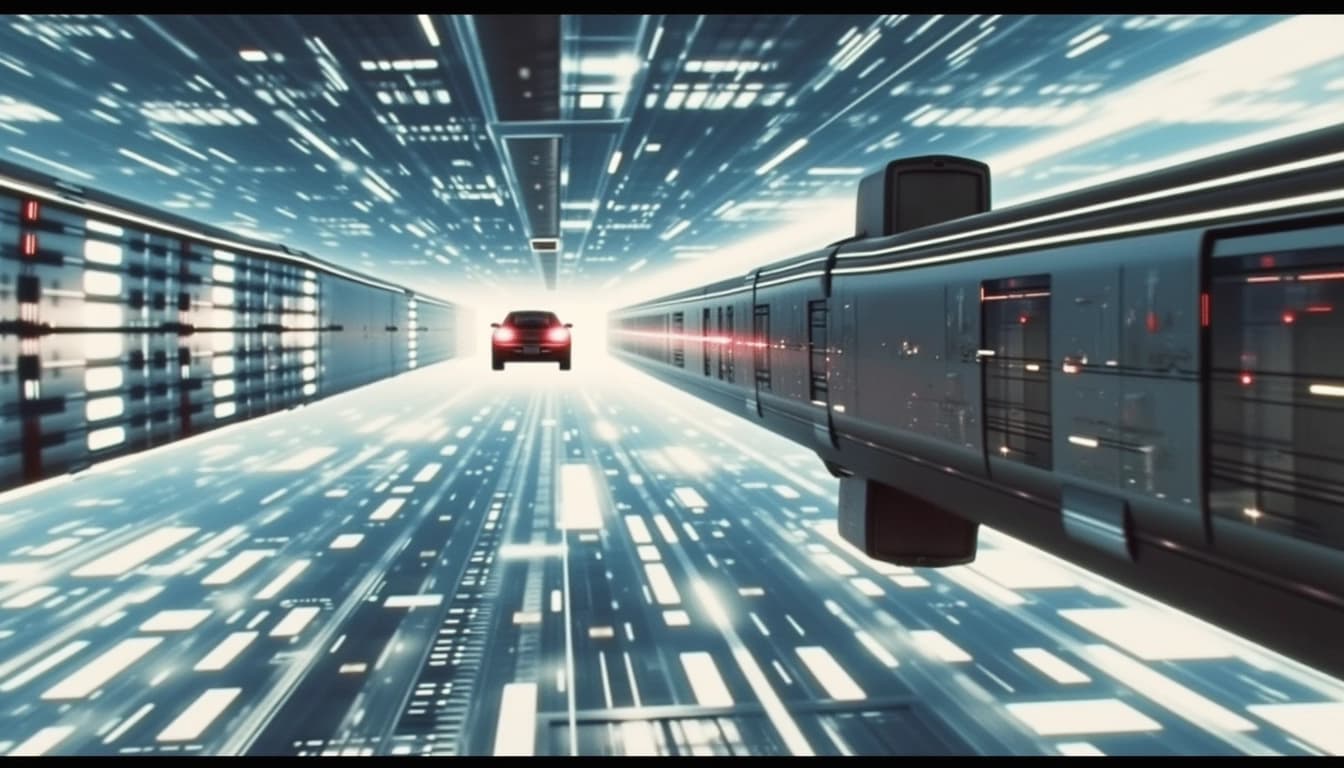
- VEO-2 generates high-resolution videos up to 60 seconds long.
- It supports fine-grained control over video attributes like lighting and angles.
- The model is accessible via Google Labs and Replicate for developers.